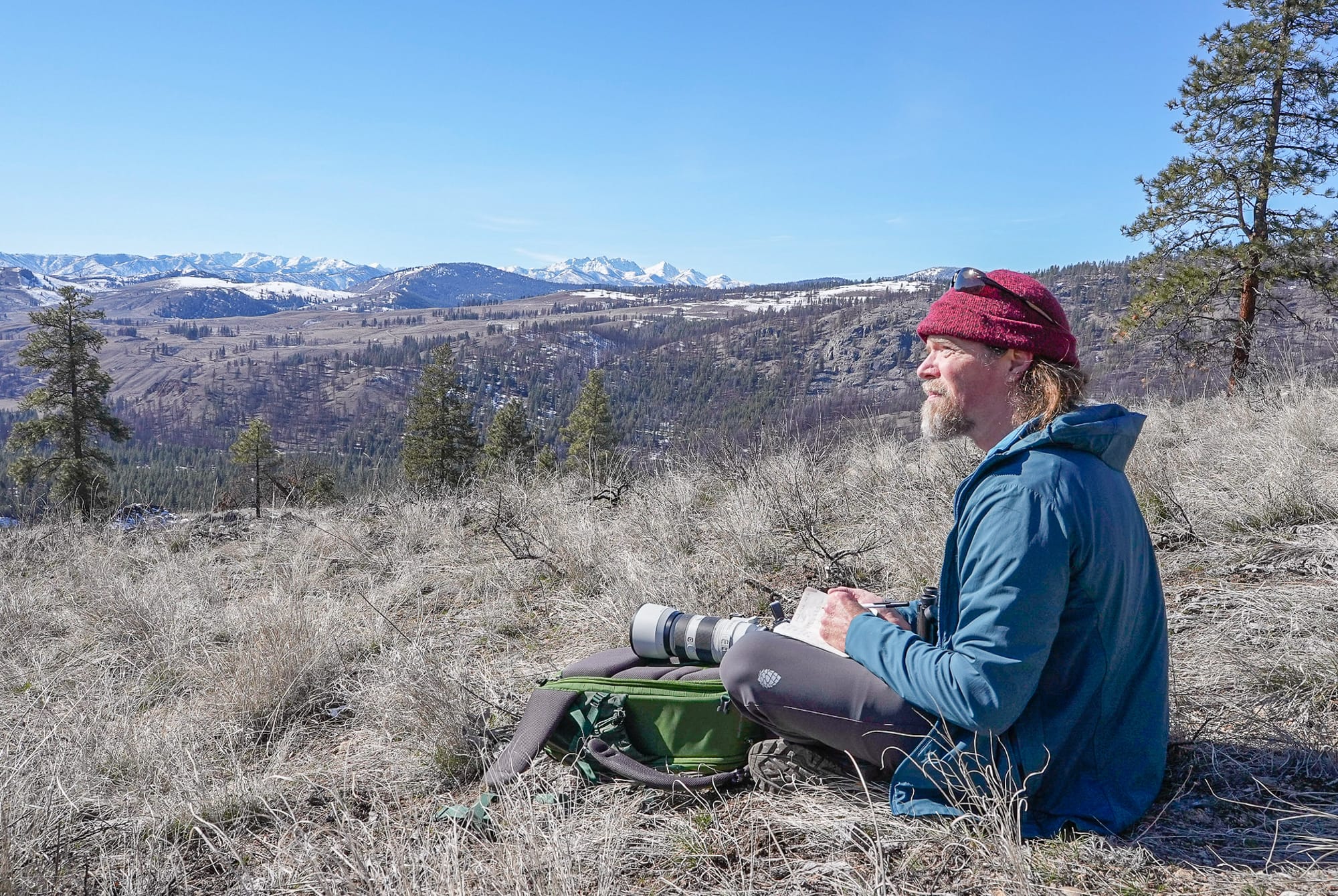The World Passes Through Us

“We think of our bodies as stable biological structures that live in the world but are fundamentally separate from it. That we are unitary organisms in the world but passing through it. But what we’re learning from the molecular processes that actually keep our bodies running is that we’re far more fluid than we realize, and the world passes through us.” —Steve Cole, Geneticist at the UCLA School of Medicine
As humans, we hold certain beliefs: We live in the world, but our physical bodies are separate from the world; and we are born with inherited attributes (genes) that shape who we are and remain with us for our entire lives.
Scientists are only now discovering just how wrong we've been.


Although scientists don't yet agree on the exact number, every human carries 20,000-22,000 genes in the cells of our bodies, and every part of who we are is determined by this single master set of genes. Astonishingly, only a small fraction of this master set is active at any given moment because individual genes are either switched on (expressed) or switched off (not expressed), in an infinite variety of combinations, with very different consequences.
Contrary to popular belief, and long-held assumptions, the expression of our genes (which genes are turned on and which are turned off) is not pre-determined or locked in stone. In fact, everything that surrounds us as we go through our lives—from what we eat, to where we live, to how we spend our days, to how many friends we have—results in genes rapidly switching on or off, and this shapes who we are.
Genes are held in tangled clusters of DNA at the center of our cells, and cells are surrounded and protected by membranes. But these thin membranes are incredibly porous, allowing the information of the world to flow through our cells while continuously switching different combinations of genes on and off.

Much of this process is initiated by our brains, which are continuously monitoring and responding to the world around us, while producing hormones, neurotransmitters, and signaling molecules that flood our bodies and attach to receptors on cell walls. These receptors then send signals to genes inside the cell to turn them on or off. Genes that have been activated then instruct ribosomes to produce proteins that control how our cells develop and function, and this subsequently shapes how our bodies grow, how healthy we are, what we think, how we feel—and almost every aspect of who we are.
As an example, many researchers have been studying social factors like stress, isolation, or poverty, and how these factors negatively impact us by upsetting the balance of genes being turned on or off. However, one unexpected discovery is that these external factors are only one piece of the story—the other part of the story is that our frame of mind also changes which genes get turned on or off. Therefore, someone can be totally surrounded by people but suffer all the harmful effects of loneliness (e.g. disease, cancer, shortened lifespan) if they feel isolated, while someone living alone can do just fine if they feel connected to people they care about in their thoughts.
In other words, genes are responding to both the real world around us, and to how we perceive the world. And what's fascinating to me is that every one of us has the potential to consciously and intentionally modify many of these factors and shape who we become!

Researchers now use highly sophisticated DNA microarray technologies to simultaneously map the activity of individual genes within our master set of 22,000 genes. This image represents the activity of one stretch of 209 genes in 14 people (red shows active genes, green shows inactive genes), demonstrating how entire sets of genes turn on or off in response to our social environment. These kinds of results have been replicated time after time for a wide range of environmental and social factors. (Image adapted from Cole et. al. 2007)
Did you know that your body is constantly being remade? Every single day, 1-2% of the molecules in your body are replaced with new molecules, and 30 trillion cells in your body are replaced every 80-100 days, essentially creating a new YOU every couple months. And all of these new molecules and cells are wired with entirely new genetic configurations based almost entirely on your experiences and your perceptions of the world around you.
Every day we get to change 1-2% of who we are, and these incremental shifts add up over time—I encourage you to take this amazing fact to heart!

As geneticist Steve Cole likes to remind his audiences:
“Your experiences today will influence the molecular composition of your body for the next two to three months or, perhaps, for the rest of your life. Plan your day accordingly.”

Member discussion